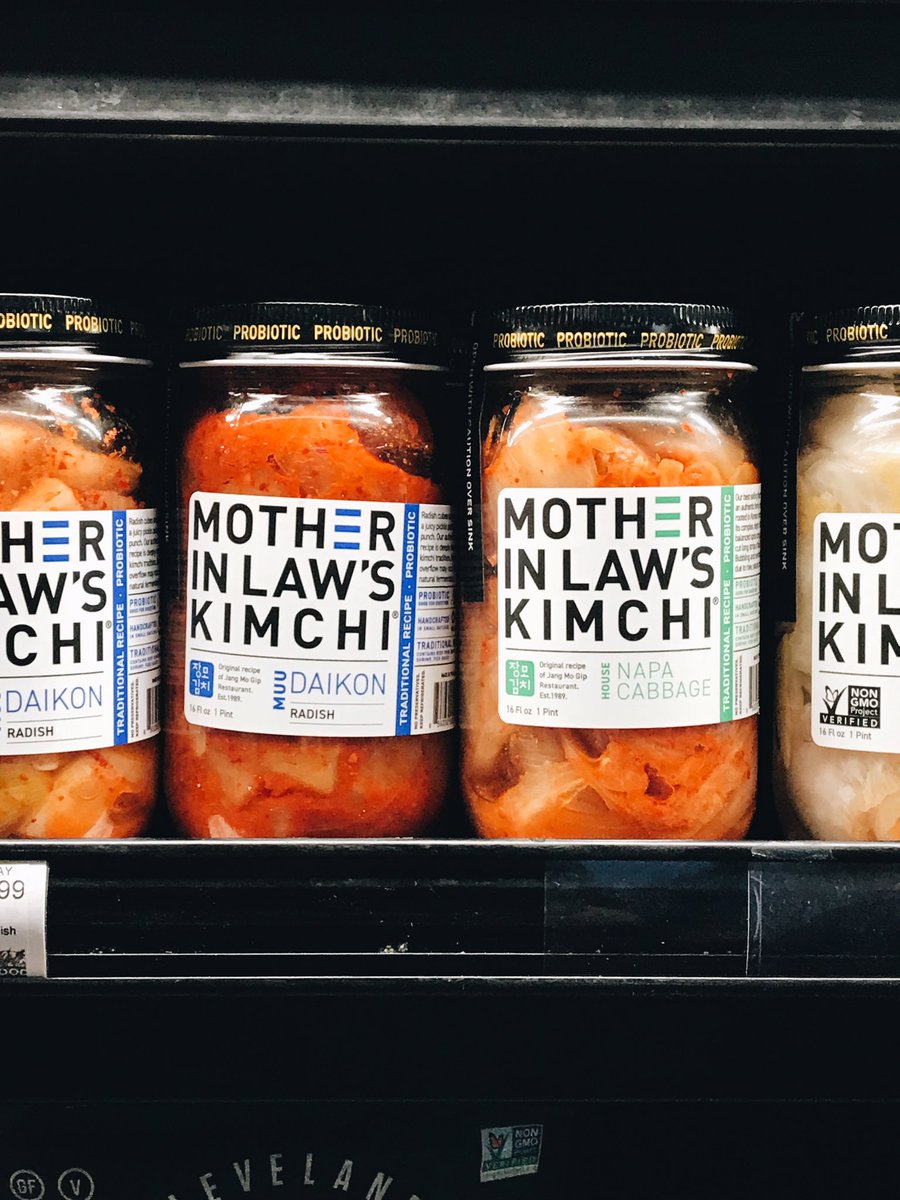Ever wondered what makes French cuisine so darn irresistible? The answer lies in the heart of culinary arts—mother sauces. Yep, you heard it right, mother sauces! These magical concoctions are the backbone of gourmet cooking, and today we're diving deep into their world.
Think of mother sauces as the secret ingredient that chefs won't tell you about, but here's the thing—they're not really a secret if you know where to look. And lucky for you, we're about to spill the beans. Whether you're an amateur cook or a seasoned pro, understanding these sauces can transform your cooking game.
So grab your apron, sharpen your knives, and let's embark on this flavorful adventure. By the end of this article, you'll be well-versed in the art of mother sauces and ready to impress your friends and family with your newfound culinary skills.
Here's a quick roadmap to help you navigate through this delicious journey:
- Biography of Mother Sauces
- The Rich History of Mother Sauces
- The Five Mother Sauces
- Key Ingredients
- How to Cook Mother Sauces
- Modern Variations
- Pairing with Dishes
- Pro Tips for Perfect Sauces
- Health Benefits
- Conclusion
Biography of Mother Sauces
Let's start with the basics—what exactly are mother sauces? Well, think of them as the OGs of the sauce world. These are the foundational sauces from which all other sauces are derived. They're like the parents of the culinary family, giving birth to a whole range of delicious creations.
And just like any good family tree, we've got some key players here. There are five main mother sauces, each with its own unique flavor profile and purpose. But before we dive into the specifics, let's take a look at some essential info in this handy table.
| Name | Base | Key Ingredients | Common Derivatives |
|---|---|---|---|
| Béchamel | Milk | Butter, Flour | Mornay, Soubise |
| Velouté | Stock | Butter, Flour | Allemande, Supreme |
| Tomato | Tomatoes | Onions, Garlic | Provençal, Spanish |
| Espagnole | Beef Stock | Vegetables, Herbs | Bordelaise, Chasseur |
| Hollandaise | Butter | Eggs, Lemon | Bernaise, Mousseline |
The Rich History of Mother Sauces
Now that we've met the family, let's talk about their history. Mother sauces have been around for centuries, originating from the rich culinary traditions of France. Back in the day, these sauces were the go-to method for enhancing the flavor of dishes.
Chef Auguste Escoffier, a culinary legend, is often credited with formalizing the concept of mother sauces. He simplified the complex world of sauces into these five foundational recipes, making it easier for chefs around the world to learn and master the art of sauce-making.
And guess what? These sauces have stood the test of time. They're still as relevant today as they were back then, proving that good things never go out of style.
The Five Mother Sauces
Béchamel Sauce
First up, we've got Béchamel. This creamy, white sauce is made by whisking milk into a roux (a mixture of butter and flour). It's the perfect base for dishes like lasagna and soufflés. Simple yet versatile, Béchamel is a must-have in any cook's repertoire.
Velouté Sauce
Next, we have Velouté, a smooth and velvety sauce made from chicken, fish, or veal stock. It's often used as a base for soups and sauces, adding a rich depth of flavor to any dish. Whether you're making a classic chicken soup or a fancy fish stew, Velouté is your go-to sauce.
Tomato Sauce
Who doesn't love a good tomato sauce? This tangy, red sauce is made by simmering tomatoes with onions, garlic, and herbs. It's the star of Italian cuisine, perfect for pasta dishes, pizzas, and more. Tomato sauce is a staple in many kitchens around the world.
Espagnole Sauce
Espagnole, or brown sauce, is a rich and flavorful sauce made from beef stock, vegetables, and herbs. It's often used as a base for gravies and other sauces, adding a hearty depth to meat dishes. This sauce is a bit more complex than the others, but trust us, it's worth the effort.
Hollandaise Sauce
Finally, we have Hollandaise, the queen of all sauces. This creamy, buttery sauce is made by emulsifying butter with egg yolks and lemon juice. It's the perfect topping for eggs benedict, asparagus, and other delicate dishes. Just be careful—Hollandaise can be a bit finicky to make, but with practice, you'll get the hang of it.
Key Ingredients
So, what exactly goes into making these magical sauces? While each sauce has its own unique set of ingredients, there are a few common ones that you'll need to have on hand.
- Butter
- Flour
- Milk
- Stock (chicken, fish, or veal)
- Tomatoes
- Eggs
- Lemon
- Onions
- Garlic
- Herbs (like thyme, bay leaves, and parsley)
Having these staples in your pantry will make your sauce-making journey a whole lot easier. Plus, they're versatile ingredients that can be used in a variety of dishes, so you're not just limited to sauces.
How to Cook Mother Sauces
Now that you know what goes into mother sauces, let's talk about how to make them. Here's a quick guide to help you get started:
Béchamel
Melt butter in a saucepan, then whisk in flour to form a roux. Gradually add milk, whisking constantly until the sauce thickens. Season with salt, pepper, and nutmeg, and you're good to go!
Velouté
Melt butter in a saucepan, then whisk in flour to form a roux. Gradually add stock, whisking constantly until the sauce thickens. Strain the sauce to remove any lumps, and voilà—you've got Velouté!
Tomato
Sauté onions and garlic in olive oil, then add tomatoes and simmer until the sauce thickens. Season with herbs and spices to taste, and you've got a delicious tomato sauce.
Espagnole
Sauté vegetables in butter, then add flour and stock, simmering until the sauce thickens. Strain the sauce to remove any solids, and you've got a rich and flavorful Espagnole.
Hollandaise
Whisk egg yolks and lemon juice over low heat until thickened, then gradually add melted butter, whisking constantly. Season with salt and cayenne pepper, and you've got a creamy Hollandaise.
Modern Variations
While the classic mother sauces are fantastic, there's no reason you can't put your own spin on them. Here are a few modern variations to try:
- Add a splash of cream to your Béchamel for an extra-rich sauce.
- Use vegetable stock instead of chicken stock for a vegetarian Velouté.
- Experiment with different herbs and spices in your tomato sauce to create unique flavor profiles.
- Try using beef broth instead of stock for a deeper flavor in your Espagnole.
- Swap out the butter in your Hollandaise for olive oil for a lighter version.
Pairing with Dishes
Knowing how to pair your sauces with dishes is just as important as knowing how to make them. Here are a few ideas to get you started:
- Béchamel: Lasagna, soufflés, cream-based soups.
- Velouté: Chicken soup, fish stew, creamy sauces.
- Tomato: Pasta dishes, pizzas, meatballs.
- Espagnole: Beef stews, gravies, roasts.
- Hollandaise: Eggs benedict, asparagus, salmon.
Remember, the key is to balance the flavors of the sauce with the dish it's paired with. Don't be afraid to experiment and find what works best for you.
Pro Tips for Perfect Sauces
Here are a few pro tips to help you perfect your sauce-making skills:
- Use high-quality ingredients for the best flavor.
- Whisk constantly to prevent lumps from forming.
- Simmer sauces gently to avoid curdling.
- Taste as you go and adjust seasonings as needed.
- Don't be afraid to experiment with different ingredients and flavors.
With these tips in your arsenal, you'll be making restaurant-quality sauces in no time.
Health Benefits
While mother sauces are undeniably delicious, they can also be part of a healthy diet. Many of the ingredients used in these sauces, like tomatoes, herbs, and lemon, are packed with nutrients and antioxidants. Plus, by making your own sauces from scratch, you can control the amount of salt, sugar, and fat that goes into them.
So don't shy away from these culinary gems. With a little creativity, you can enjoy the flavors of mother sauces without compromising your health.
Conclusion
And there you have it—a comprehensive guide to mother sauces. From their rich history to their modern variations, we've covered everything you need to know to master the art of sauce-making.
Remember, the key to great cooking is practice and experimentation. So don't be afraid to get messy in the kitchen and try new things. Who knows—you might just discover your new favorite sauce!
Now it's your turn. Share your favorite sauce recipes in the comments below, or let us know how this article has helped you in your cooking journey. And don't forget to check out our other articles for more culinary inspiration.


